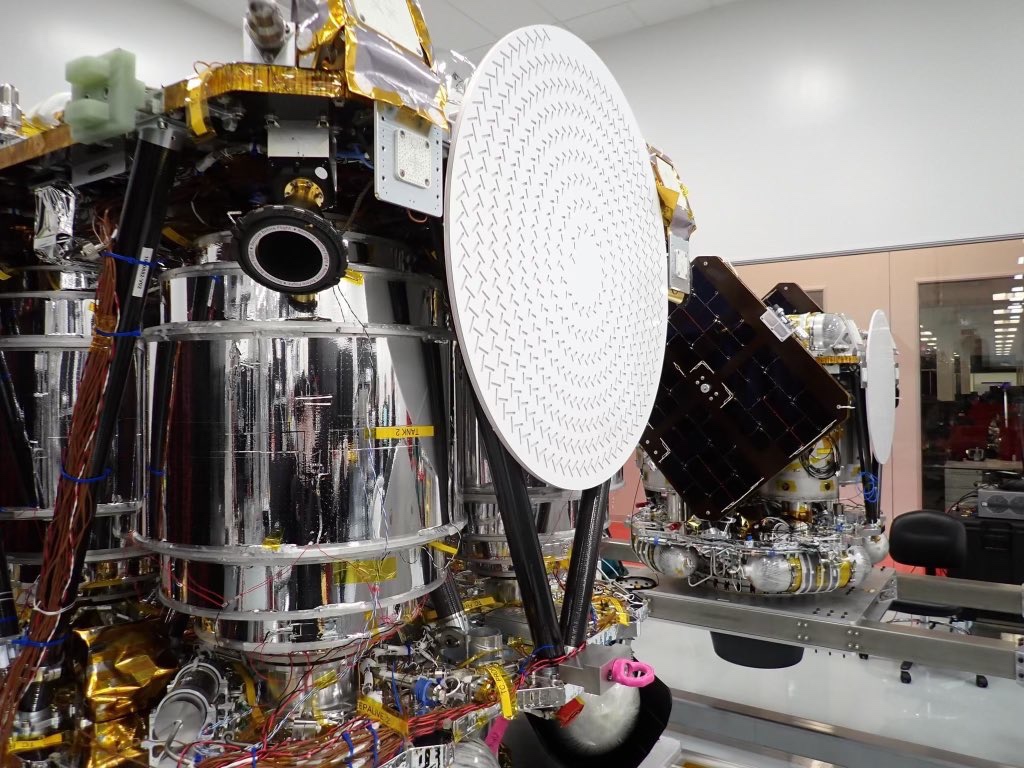ESCAPADE on schedule for launch this fall
Original Publication Date: 2024-07-15 05:09

ESCAPADE features two identical smallsats, called Blue and Gold, that will go into orbit around Mars. The spacecraft carry instruments to study the planet’s magnetosphere and its interaction with the solar wind. The exact launch date for the mission, though, remains unclear.
Boeing account of NASA’s astronauts ‘extended stay’, “I have a real good feeling in my heart that this spacecraft will bring us home no problem” – SatNews
Original Publication Date: 2024-07-14 00:00

Boeing releases updates on astronauts stranded on International Space Station. Butch Wilmore, pilot Suni Williams praise Starliner for its precision. “I have a real good feeling in my heart that this spacecraft will bring us home no problem,” said Williams.
Report: “Outer Space Cyberattacks: Generating Novel Scenarios to Avoid Surprise” – SatNews
Original Publication Date: 2024-07-14 00:00

Space cyberattacks are an increasingly urgent problem given the vital role that space systems play in the modern world. A failure to imagine novel scenarios is a major risk in being taken by surprise and severely harmed by threat actors. To guard against space cyberattacks, there is a need to understand and anticipate them.
U.S. Space Force delivers laser retroflector arrays for GPS III satellites SV9 and SV10 to Lockheed Martin for Space Force to establish center of the Earth – SatNews
Original Publication Date: 2024-07-14 00:00

Laser retroreflector arrays make it possible to do laser ranging – using small bursts of laser light to detect distances between objects. U.S. Space Force GPS III Program Office has delivered two laser retroflector arrays to Lockheed Martin. The LRAs will be installed onto two GPS III satellites, SV9 and SV10, in preparation for a 2025 launch.
ESA Monitoring marine litter from space is now a reality – SatNews
Original Publication Date: 2024-07-14 00:00

Plastics and other floating debris have to accumulate into dense patches of at least tens of metres in area to be detectable using existing satellites. Patches of floating litter are called ‘slicks’, ‘streaks’ or ‘litter windrows’ Detecting such litter windrows is indicative of high pollution at a particular place and time.
UAVOS’ gimbaled camera launched for future UAS survey programs – SatNews
Original Publication Date: 2024-07-14 00:00

UAVOS has launched the Gimbal 155, a new, gimbaled camera that is purpose-built for the UAS Survey Mission program. The GOS-155 was designed to meet the UAV requirements for surveillance and rescue missions. It possesses an optimized SWaP profile, advanced day and night ISR imaging, and embedded video processor.
